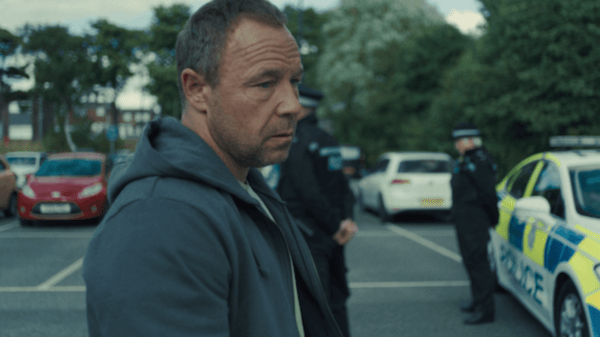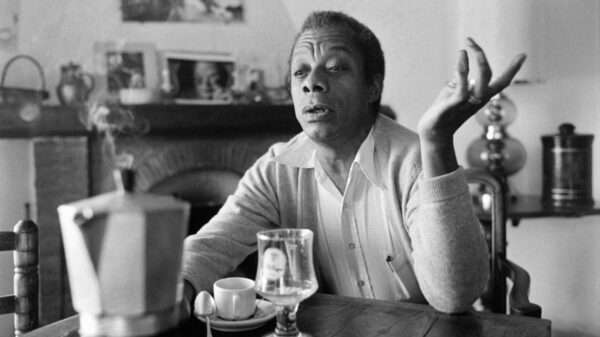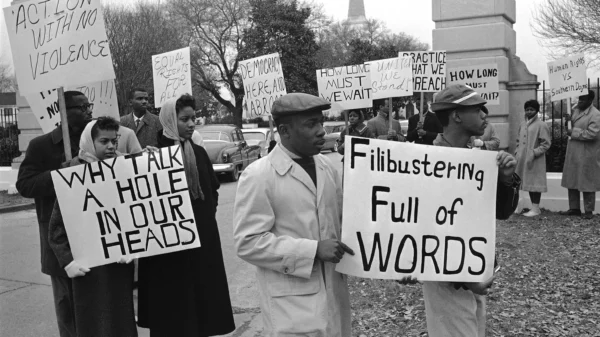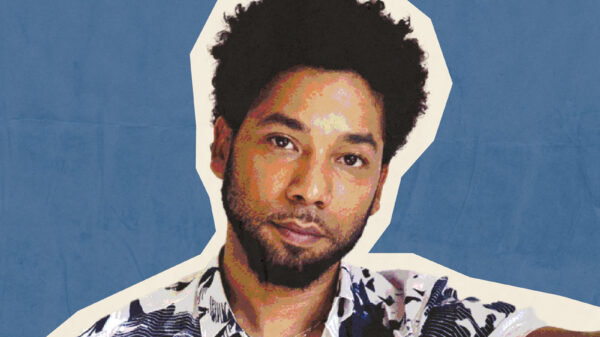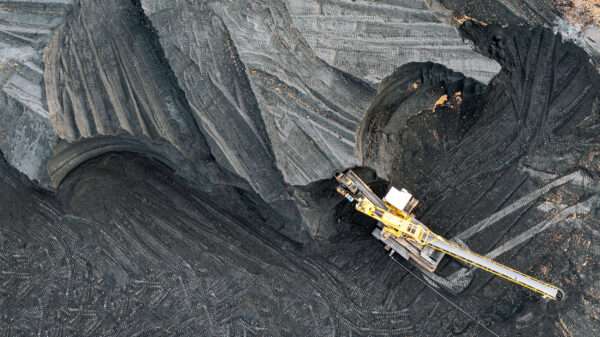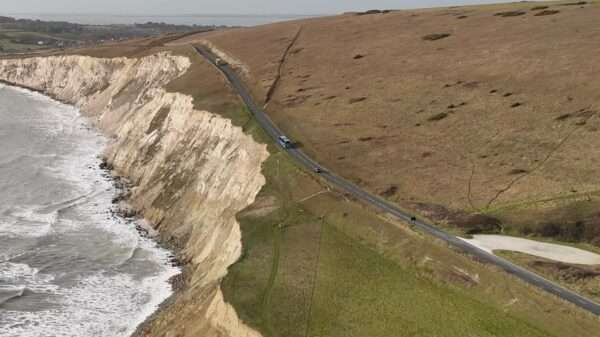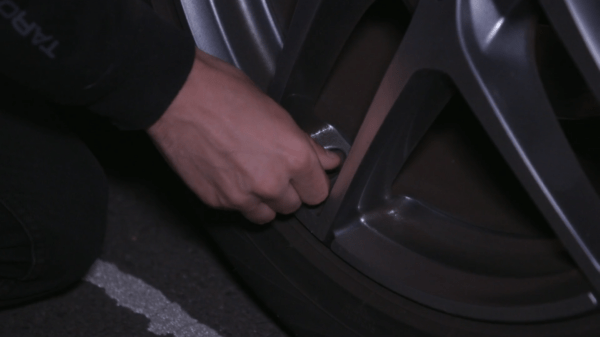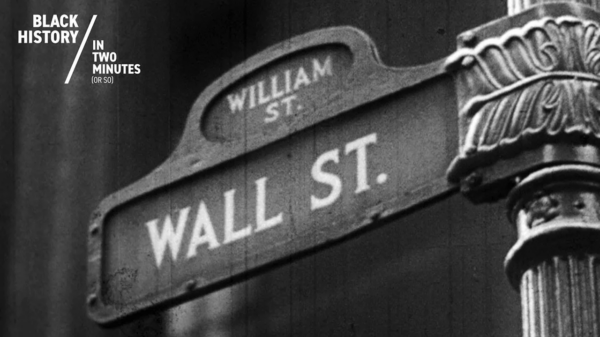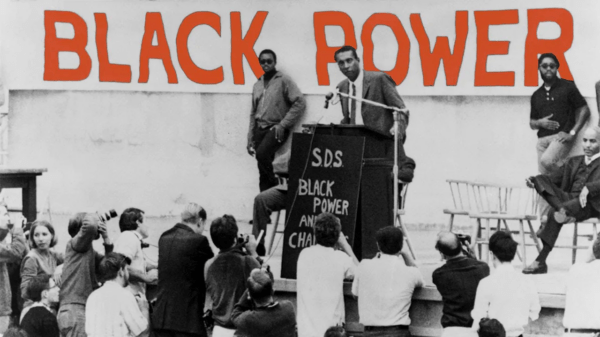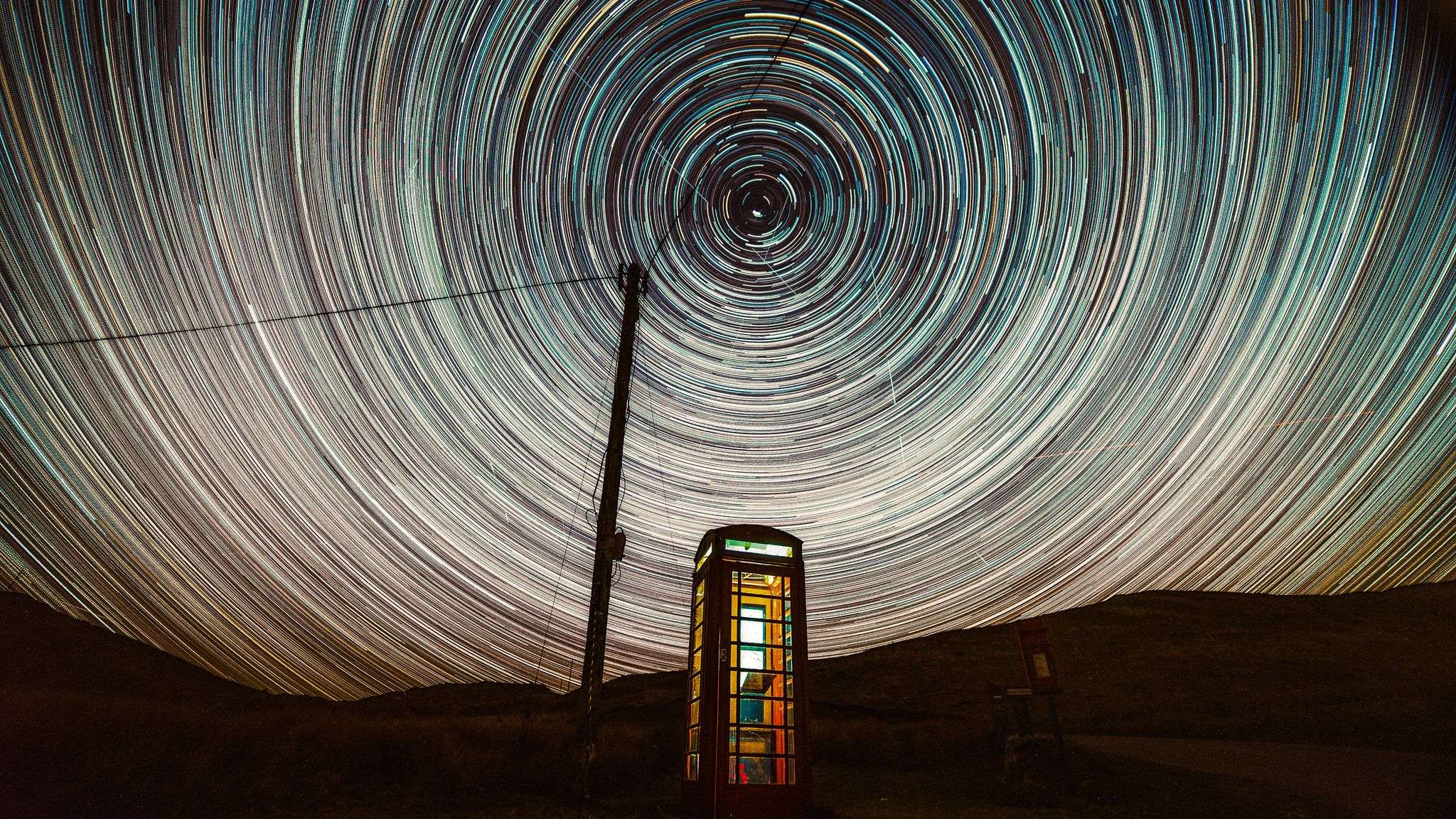As the celestial stage prepares for the dramatic rise of a supermoon, amateur photographers everywhere are gearing up to capture this extraordinary night-sky event. Welsh astrophotographer Dafydd Wyn Morgan, renowned for his stunning captures of cosmic wonders, offers invaluable advice for those eager to immortalize the supermoon and other night-sky marvels such as meteor showers and the northern lights.
First and foremost, preparation is key. Dafydd emphasizes the importance of understanding the timing and positioning of the supermoon. Use reliable astronomical apps or websites to pinpoint when and where the supermoon will appear in the sky. This ensures you’ll be in the right place at the right time, crucial for capturing the perfect shot.
Choosing the right location is also vital. Opt for a site with minimal light pollution to avoid the interference of artificial lights, which can obscure the night sky’s natural brilliance. Dafydd suggests scouting locations in advance, preferably with a view that frames the moon against an interesting foreground, such as a scenic landscape or architectural landmark. This adds depth and context to your photos, transforming them from mere snapshots into compelling compositions.
When it comes to equipment, while a professional camera is beneficial, even a good-quality smartphone can yield impressive results with the right techniques. Dafydd recommends using a tripod to stabilize your camera and avoid the blurriness that can occur with longer exposures. For those using DSLRs or mirrorless cameras, a telephoto lens can help bring the supermoon into closer view, capturing more detail and texture on its surface.
Camera settings play a crucial role in capturing night-sky images. Dafydd advises setting a low ISO to reduce noise, while adjusting the aperture to a lower f-stop (e.g., f/8 to f/11) to ensure sharpness and clarity. Shutter speed is also important; it should be long enough to capture enough light but not so long that the moon appears blurred. Experimentation is key, so take multiple shots with varying settings to find the optimal balance.
Post-processing is another area where Dafydd’s tips prove invaluable. After the shoot, use photo-editing software to fine-tune your images. Adjusting the contrast and brightness can help bring out the details of the moon and the surrounding sky, while reducing noise and enhancing colors. However, he cautions against over-editing, which can lead to unrealistic results.
Lastly, patience and perseverance are essential qualities for any night-sky photographer. Weather conditions can be unpredictable, and sometimes the perfect shot requires multiple attempts. Keep an eye on the forecast and be prepared for sudden changes. If conditions aren’t ideal on the night of the supermoon, don’t be discouraged; the skies will offer more opportunities in the future.
With these tips in mind, amateur photographers can look forward to capturing the supermoon’s celestial splendour. By combining careful planning, the right equipment, and a touch of patience, you can create stunning images that celebrate the beauty of our night sky.





